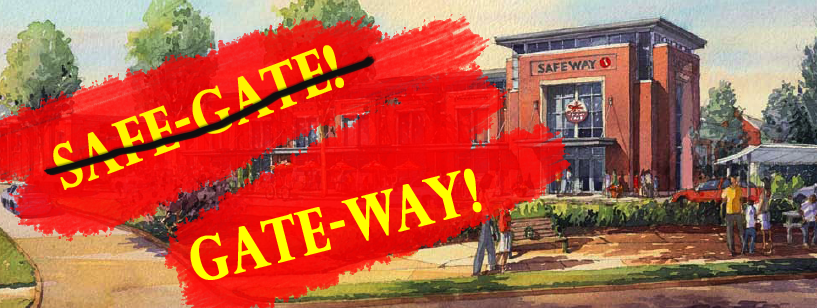So in the last post, I pointed out that it was easiest to demonstrate that some location is a place by showing the density of people there. That’s what this map is. It’s an imprecise but useful tool to map and note the actual behaviors of pedestrians in the T-T area. I’ve made a point of making it blurry and gradated. There are not borders, so much as dips in circulation and public activity that result from the popularity of one area and the amount of effort pedestrians are willing to exert to get from one place to another.
Take, for example, Friendship Heights. Most people arrive by Metro or driving to the retail district. But within only two or blocks of that hub of activity, the circulation patterns change: there are fewer people and they are generally more local. The walkable distance matters more. It’s clear that the locality ends, even if it is slight and gradual.
The character of the architecture changes slightly as one travels south on Wisconsin. It’s shorter, somewhat dinkier. But at Fessenden Street, the entire block is suddenly small, two-story local retail. It looks like little to the north, but also seems slightly different from Tenleytown, up a steep hill to the south. Someone who lived a block to the south would feel like it might be part of Tenleytown, and someone who lives a block to the north might feel it’s Friendship Heights. This is hard to define; just like foot traffic, it comes in gradients. However, due to its higher pedestrian traffic, small public park, and consistent look, I would argue it is effectively a between-place. So let me show you what I’ve come up with:
